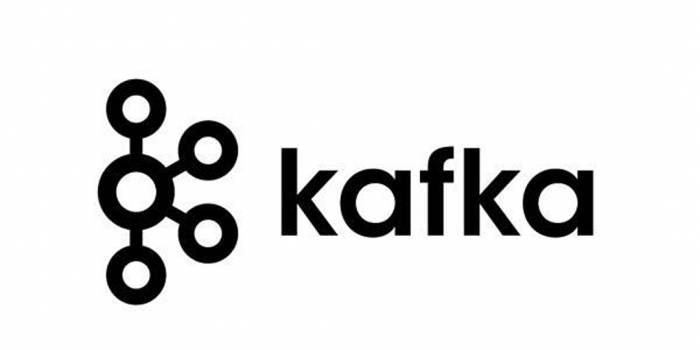Apache Kafka is a popular choice for handling large volumes of data in real-time. By default, Kafka keeps data for seven days. This is controlled by the log.retention.hours setting, which is set to 168 hours (7 days x 24 hours). While this works for many use cases, you might need to retain data for longer periods. Whether it’s for analytics, compliance, or simply to make sure nothing important gets deleted too soon, Kafka gives you plenty of flexibility to extend the retention period.
Let’s break down five effective ways to increase the retention period in Apache Kafka.
Table of Contents
1. Adjust Retention Policies
Kafka lets you tweak retention settings to match your needs. By changing the broker configuration or topic-specific settings, you can control how long data sticks around. Here are the main configurations to update:
- Time-based retention: Set
log.retention.hours,log.retention.minutes, orlog.retention.msto specify how long data is kept. For example, increasinglog.retention.hoursfrom 168 to 720 will extend retention to 30 days. - Size-based retention: Use
log.retention.bytesto determine how much data can be stored before older logs get deleted.
These settings can be applied at the broker level for all topics or tailored for individual topics. Just keep an eye on your storage limits, especially when increasing retention significantly.
2. Increase Disk Space
If you’re planning to hold onto more data, you’ll likely need more storage. Kafka stores data on disk, so expanding disk capacity is essential for longer retention periods.
Here are a few tips:
- Use high-capacity drives or cloud-based storage solutions.
- Monitor disk usage regularly to avoid unexpected issues.
- Plan for future growth by overestimating your storage needs.
Keep in mind, the cost of additional storage is often a trade-off for having access to historical data.
3. Enable Compression
Compression is a smart way to save storage without losing data. Kafka supports various compression codecs like GZIP, LZ4, and Snappy. By enabling compression at the producer level, you can reduce the size of messages being stored.
For example:
compression.type=gzipThis simple change can cut down the storage footprint, allowing you to retain more data within the same disk capacity. Plus, compression helps with network efficiency, which is a nice bonus.
4. Use Tiered Storage
If you’re dealing with massive datasets, tiered storage can be a game-changer. This setup offloads older data to cheaper storage tiers, like cloud-based solutions, while keeping recent data on faster local disks.
Platforms like Confluent Kafka offer tiered storage options that seamlessly integrate with your Kafka clusters. Although it involves some additional configuration and potential costs, it’s worth it if you’re aiming for long-term retention.
5. Increase Replication Factor
Replication doesn’t directly extend retention, but it plays a role in data durability. By increasing the replication factor, you ensure that data is available even if some brokers fail. This setup is especially useful when you’re storing data for longer periods, as it adds a layer of protection.
Here’s how you can update the replication factor:
bin/kafka-topics.sh --alter --topic your_topic_name --partitions 3 --replication-factor 3
While increasing the replication factor uses more disk space, it’s a trade-off for reliability and peace of mind.
FAQs
1. How do I change the retention period in Kafka?
You can adjust the retention time by updating the log.retention.hours, log.retention.minutes, or log.retention.ms settings in your broker or topic configurations.
2. Can I set different retention periods for different topics?
Yes! Kafka allows topic-specific retention policies by setting the retention.ms configuration for individual topics.
3. What’s the default retention period in Kafka?
By default, Kafka retains data for seven days, as defined by log.retention.hours = 168.
4. Does compression affect performance?
Compression slightly increases CPU usage during message production and consumption, but the trade-off in storage savings and network efficiency is usually worth it.
5. Is tiered storage necessary?
Tiered storage is optional but highly recommended for organizations dealing with high data volumes. It’s a cost-effective way to keep data for long-term analysis.
Extending the retention period in Apache Kafka is all about balancing your data needs with storage and resource considerations. Whether you tweak settings, expand disk space, or implement tiered storage, these tips will help you manage retention like a pro!
References
- “Kafka Documentation – Retention” (https://kafka.apache.org/documentation/#retention) – This is the official documentation for Apache Kafka, which includes information on setting retention policies, managing disk space, and configuring topic-level retention.
- “Kafka Summit Talk – Tiered Storage and Backup for Apache Kafka” (https://www.youtube.com/watch?v=ryZj0eQMp6M) – This talk from the 2019 Kafka Summit covers the use of tiered storage and backups for Kafka, including the benefits of using different storage media and backup strategies for disaster recovery.

